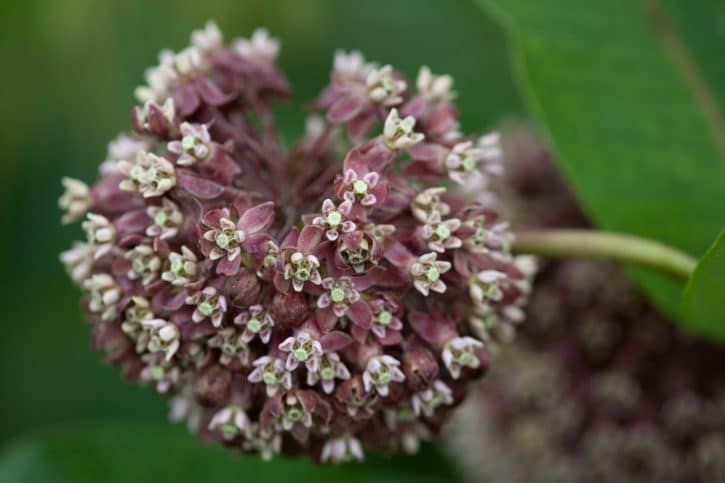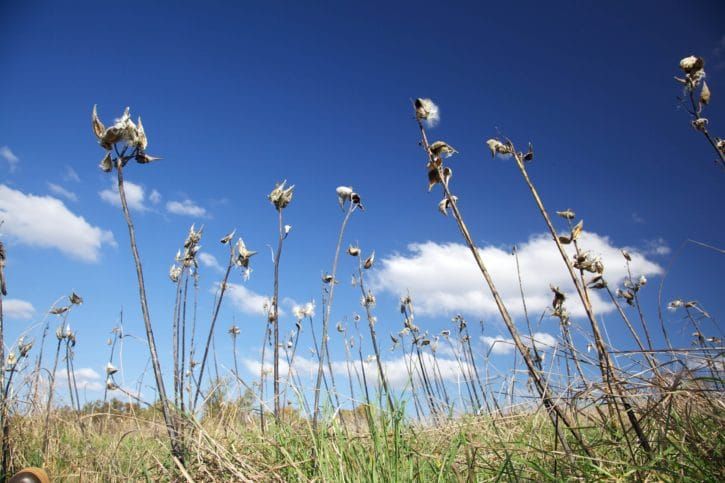Monarch butterflies are in danger of extinction. They have long migration routes, moving from as far north as Canada to as far south as Mexico. The long journey isn’t the problem, however. The real issue stems from dwindling supplies of milkweed along the migration route, which is essential to their habitat.
Despite the difficulties, even unlikely groups like Pheasants Forever, which is dedicated to protecting pheasant and quail habitats, are helping bring back milkweed to protect monarch butterflies. By 2020, Pheasants Forever hopes to restore one billion milkweed stems.
“By implementing some of the most diverse habitat seeding specifications in the country, Pheasants Forever is accomplishing its mission of conserving quality upland habitat with the most positive impacts for monarchs, pollinators and upland game birds,” said Pete Berthelsen, director of habitat partnerships for Pheasants Forever & Quail Forever and a leading pollinator expert.

Picture of milkweed by Hagerty Ryan, CC-0 via Pixnio.
Although the goal seems ambitious, the organization has already accomplished a lot. Pheasants Forever, along with Quails Forever, planted 326 million milkweed seeds in 2016 alone.
“We’re on track to help deliver the goals set forth by the National Pollinator Action Plan, including establishing over one billion milkweed stems by the year 2020; the most vital plant species in the lifecycle of the monarch butterfly,” Berthelsen affirmed.

Picture of milkweed by Hagerty Ryan, CC-0 via Pixnio.
While pheasants and monarch butterflies might seem like they have little in common, they actually share the same land. To protect pheasants, you have to protect their habitat, which means attracting pollinators and other species that are vital to the ecosystem — which is why Pheasants Forever includes so many milkweed seeds in their seed mixes.
To further restoration even more, they recently partnered with the Bee & Butterfly Habitat Fund, and plan to discuss the issues at a special Pollinator Symposium next week in Minneapolis, Minnesota as part of the organization’s National Pheasant Fest & Quail Classic.







